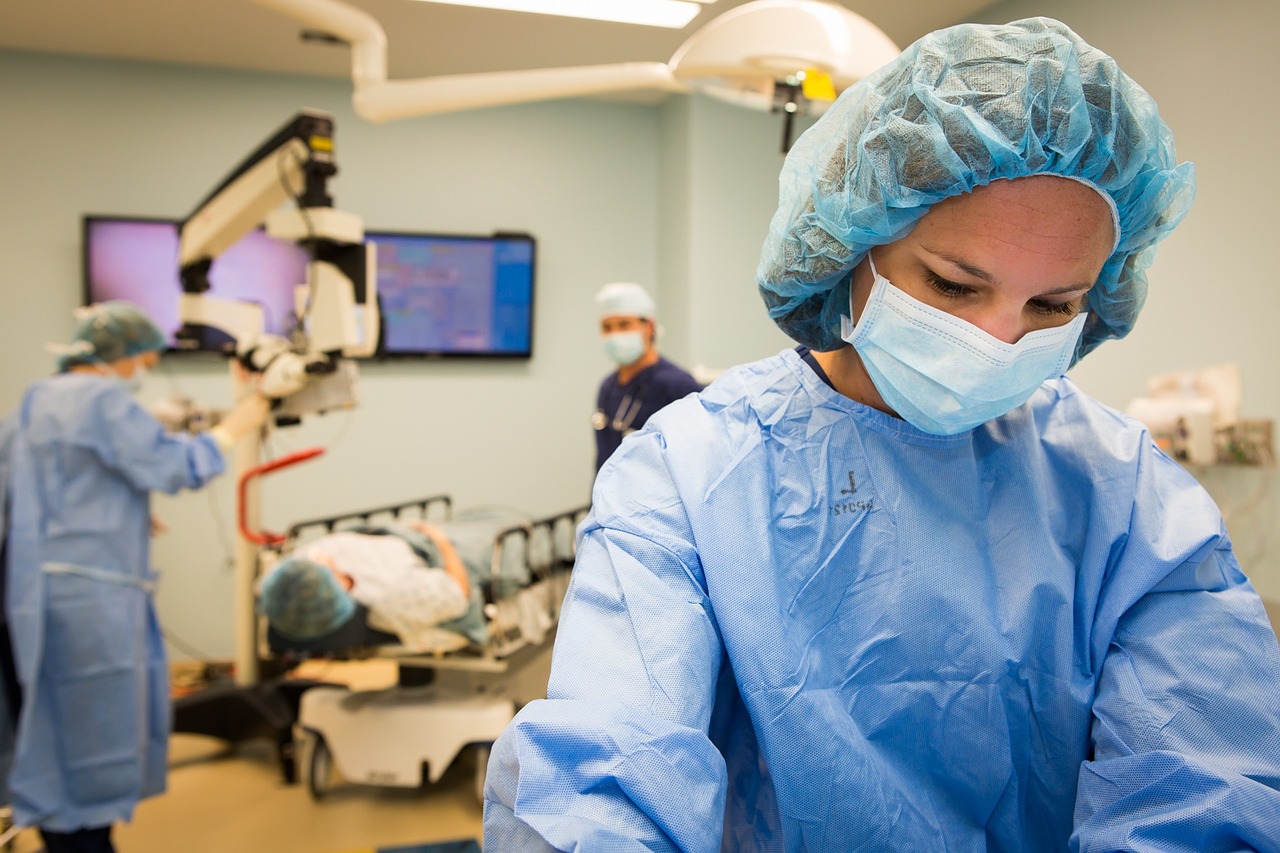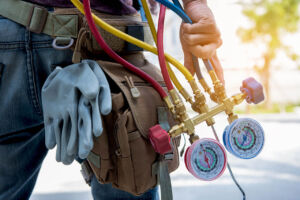Ready to work in the medical industry and want to know more about the differences between a medical assistant and medical office assistant? As the healthcare industry continues to grow, medical assistants and medical office assistants are becoming increasingly important for medical facilities to run smoothly. While both share similar roles, like clerical duties, they differ significantly.
Medical Assistants vs. Medical Office Assistants
Aside from their names, medical assistants and medical office assistants share similarities, such as their place of work. They may work in a hospital, clinic, doctor’s office, outpatient care center, medical research center, or senior living facility. Both jobs also perform clerical tasks, including filling out insurance paperwork, maintaining patient medical records, and scheduling appointments.
The most significant difference between the two roles is that medical assistants bear more responsibilities. For example, a medical office assistant works mainly in the front office of a healthcare facility, while a medical assistant may work both in the office area and the clinical area. This means that, while both jobs deal with clerical tasks, the medical assistant also cares for patients.
What Does a Medical Office Assistant Do?
The main responsibility of a medical office assistant is to provide administrative support to a healthcare facility. They focus on helping patients with non-medical care. Medical office assistants greet patients, process patient intake forms, and communicate with patients. Some other everyday tasks include managing an office schedule, billing insurance companies, performing accounting, and ordering office supplies.
Although it is vital that both medical assistants and medical office assistants feel comfortable using computers, it is essential for medical office assistants to be tech savvy since they work with technology most of the day. Medical office assistants handle the majority of a facility’s paperwork, and this requires strict attention to detail and accuracy.
What Does a Medical Assistant Do?
In addition to all the tasks a medical office assistant completes, a medical assistant also provides direct care to patients. Although their scope of practice is limited compared to other healthcare professionals, such as nurses, they are essential. Medical assistants support nurses, nursing assistants, doctors, and other healthcare workers to offer patients quality care. Some of the tasks that a medical assistant performs include:
Office Management
Medical assistants work in the front office area of a healthcare facility as needed to support the staff with bookkeeping, insurance form coding, and medical record editing. Depending on the size of the facility, the medical staff may split the clerical tasks, or a single medical assistant may be responsible for all of the clinic’s paperwork.
Patient Preparation
Another critical responsibility of medical assistants is helping patients prepare for the visit with a doctor. This includes assisting a patient to an exam room, gathering health histories and educating the patient. For example, they may help a patient change into a medical gown before an examination.
During a patient’s medical visit, a medical assistant assists the doctor during an exam. They help change wound dressings, manage stitches, and administer medications. A medical assistant can also act as a liaison between a patient and a doctor. They must listen to patients before and after the visit and report vital information to the physician.
Administering Tests
Medical assistants are permitted to administer specific medical tests and perform phlebotomy. They are also qualified to perform EKGs, or electrocardiograms, to test a patient’s heart. Other tests often administered by medical assistants include urine, stool, and tissue tests, which they may test or prepare for third-party labs to examine.
Where Do Medical Assistants Work?
Medical assistants and medical office assistants work in the same facilities but MAs have a broader scope of practice. For example, while a medical office assistant might only work at the front desk of a facility, a medical assistant may work at the front desk, in a medical observation area, and in a lab testing room. Some of the specific medical facilities that medical assistants may work in include:
Physician and Doctor’s Offices
According to the U.S. Bureau of Labor Statistics, most medical assistants work in a physicians’ office. In these environments, medical assistants are more likely to take on an equal amount of clerical to clinical tasks since the facility may have a limited number of staff members.
Hospitals and Outpatient Care Centers
In a large hospital, medical assistants take on a more defined job and focus on either administrative or clinical work. While medical assistants specializing in phlebotomy work in a hospital or an outpatient care center with a testing lab. However, for medical assistants who enjoy a change of daily tasks, working as a floater in a hospital provides the chance to take on a wide variety of responsibilities.
Nursing Homes and Senior Living Communities
Senior living communities, like nursing homes, are a growing place for older adults to reside since we are all living longer than ever before. With an increasing population moving into senior-oriented facilities, more healthcare workers, including medical assistants, are needed to manage patients. In a nursing home, medical assistants administer medication, perform medical tests, and communicate between residents and their doctors so that doctors can focus on creating better health outcomes.
Why Become a Medical Assistant?
Medical assistants play a key role, and fellow healthcare professionals respect them. Some of the main reasons to become a medical assistant include:
An Increased Demand
The U.S. Bureau of Labor Statistics reports that the job outlook for medical assistants is projected at 14 percent through 2032. Why? Medical assistants are aging out of the profession, and some openings are added to the workforce because the healthcare industry is growing as the population ages.
Rewarding Work
Many people choose to enter the healthcare field because they want to help others. Healthcare professionals often report feeling that their work is gratifying. As a medical assistant, you can work with patients in a clinical setting, providing care that will directly impact their quality of life.
Medical assistants often find satisfaction in making patients feel comfortable. Communicating with patients over the phone and in the medical office gives medical assistants a chance to socialize, which has been shown to lower stress levels.
Minimal Education Requirements
While other healthcare professionals may have to attend post-secondary school for six or more years, medical assistants can start with a diploma. After obtaining their educational requirements, medical assistants can take a certification exam to earn a Certified Medical Assistant (CMA), Certified Clinical Medical Assistant (CCMA), Certified Medical Administrative Assistant (CMAA), National Certified Medical Assistant (NCMA), or Registered Medical Assistant (RMA) certification.
Final Thoughts
Now that you know the difference between a medical assistant and a medical office assistant, it is time to learn more about CyberTex. If you want to help others, let us show you how easy it is to become a medical assistant. Take the first step toward a lifelong career, and we will be with you every step of the way.
Want to Learn More?
The Medical Assistant Training Program at CyberTex Institute of Technology takes excellent care of you by providing hands-on training, practical experience, and the support it takes to get started in a medical assisting career without spending years in school. You will learn clinical and administrative skills and prepare to work in physician’s offices, hospitals, and other medical facilities.
Contact us today to learn more about our Austin and Killeen campuses.





